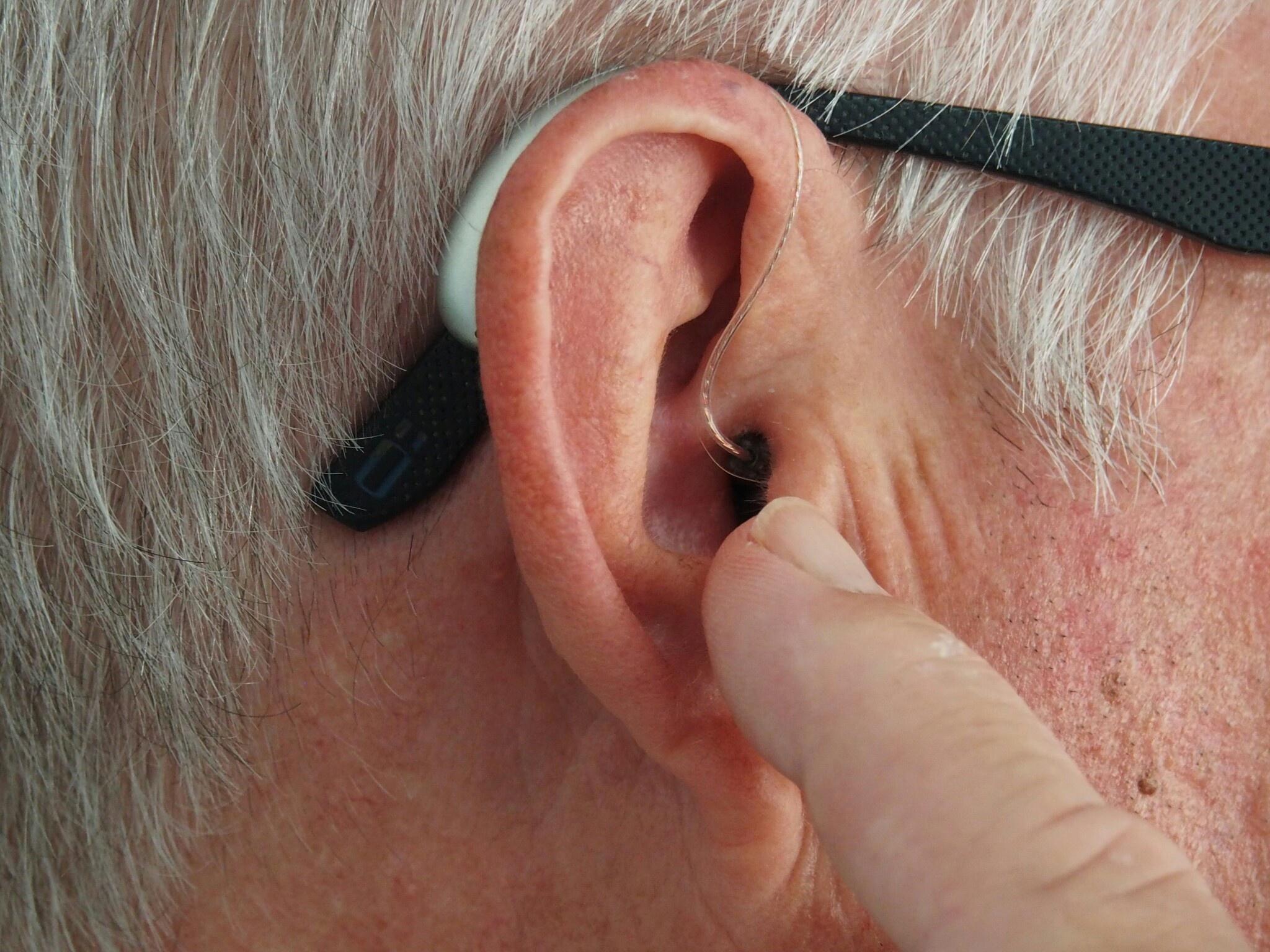How to Clean a Hearing Aid?
- Posted on
- By Hoorbatterijen

Hearing aids are not only valuable for people with hearing loss but also for their overall well-being and communication. To ensure that these life-changing devices continue to perform optimally, regular maintenance and careful cleaning are essential. In this comprehensive guide, we will delve into the steps for cleaning and maintaining hearing aids, explain how often you should clean your hearing aid, and share useful tips for long-lasting and effective operation.
Why Should a Hearing Aid Be Cleaned?
Hearing aids, as advanced electronic devices, play a crucial role in the daily lives of people with hearing loss. Understanding the specific reasons why maintenance and cleaning are crucial is essential to maintaining and even improving the impact of these technological marvels.
Protection Against Environmental Factors
Hearing aids are constantly exposed to various environmental factors, including moisture, dust, and earwax. Moisture, in particular, can be harmful to the internal electronic components and can lead to corrosion. Dust and earwax can accumulate and block the microphones and speakers, degrading the sound quality. Regular cleaning prevents this buildup, which is essential for the durability and performance of the hearing aids.
Performance Improvement
Hearing aids operate based on complex technologies that rely on precise transmission of sound signals. Dirt buildup or defects due to lack of maintenance can significantly reduce the performance of these devices. A regular cleaning routine ensures that the microphones, speakers, and other components continue to function efficiently, resulting in a consistent and clear sound experience for the user.
Prolonging the Lifespan
Hearing aids often represent a significant investment. Regular maintenance not only extends the lifespan of these devices but also optimizes their functionality throughout that lifespan. This contributes to cost-effective use and prevents unnecessary repair or replacement costs.
Prevention of Unnecessary Malfunctions
Maintenance and cleaning act as preventive measures against unnecessary malfunctions. Clogged microphones, blocked speakers, or defective connections can often be prevented by performing simple, regular cleaning procedures. This minimizes the chance of failures that can disrupt the user’s daily activities and communication.
Improved Hearing Experience
Last but not least, a well-maintained hearing aid provides an improved hearing experience. The user can enjoy clearer, crisper sound, which is essential for effective communication and a better quality of life.
How Does a Drying Box Work?
A drying box is designed to absorb moisture and remove unwanted particles. This not only contributes to the hygiene of the hearing aids but also to their functionality and lifespan. A well-maintained drying box ensures that the devices retain their sound quality.
Step-by-Step Guide for Thorough Cleaning
- Remove the Hearing Aids
Carefully remove the hearing aids before you start cleaning. - Inspect the Hearing Aids
Check for dirt, dust, and possible blockages. Also, inspect the earmolds if present. - Clean the Hearing Aids
Use a soft brush to remove dust. For more stubborn dirt, special cleaning wipes or brushes can be handy. - Check and Clean the Drying System (if applicable)
If your hearing aid has a drying box, follow the instructions to ensure the drying system remains effective. - Check Battery Compartments
Remove the batteries and inspect the compartment for corrosion. Clean if necessary with a dry cloth. - Clean the Earmolds
If your hearing aid has earmolds, clean them with a damp cloth and check for earwax buildup.
After completing the cleaning, carefully place the hearing aids back.
How Often to Clean a Hearing Aid?
Weekly maintenance is strongly recommended. By following this routine, you minimize the chance of problems and extend the lifespan of your hearing aids. If you find that you need to clean your hearing aid more frequently than usual, we recommend purchasing an earwax remover.
Tips for Effective Cleaning
It is important NOT to use direct water when cleaning your hearing aid. Do not rinse it under the tap but instead use a damp cloth and avoid excessive moisture to prevent damage to electronic parts.
- Use soft brushes to avoid damaging delicate parts.
- Consider using special cleaning wipes for thorough cleaning.
- Store the drying box in a clean and dry place when not in use.
Connection to General Health
A well-maintained hearing aid not only contributes to better sound performance but also to the overall health of hearing. Regular maintenance can prevent problems and improve the user experience. If you regularly clean your hearing aid but still experience discomfort, you may benefit from purchasing ear care products.
Additional Tips for Effective Cleaning
- Soft Brushes: Use soft brushes to avoid damaging delicate parts. Consider using special cleaning wipes for thorough cleaning.
- Regular Disinfection: Use special disinfecting wipes to reduce bacteria and improve hygiene.
- Check Filters: If your hearing aid has filters, inspect and replace them according to the manufacturer’s recommendations.
- Store in the Drying Box When Not in Use: Place the hearing aids in the drying box to reduce moisture and bacteria.
At Hearingaidbatteries.eu, you can find all products for improved hearing. We are not only specialists in hearing batteries but also offer accessories such as products for better sleep and hearing protection. Because we understand the importance of good hearing, we offer fast shipping.

